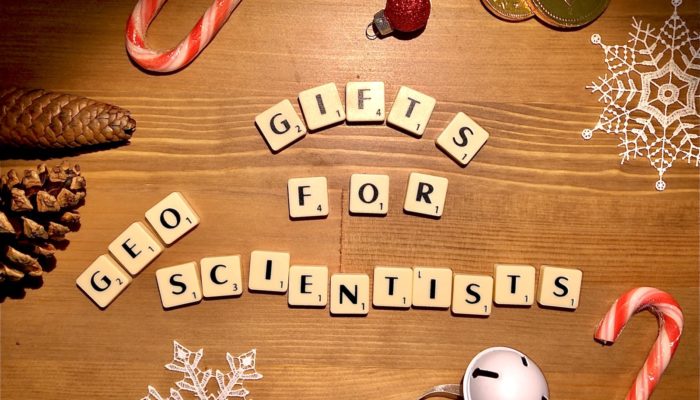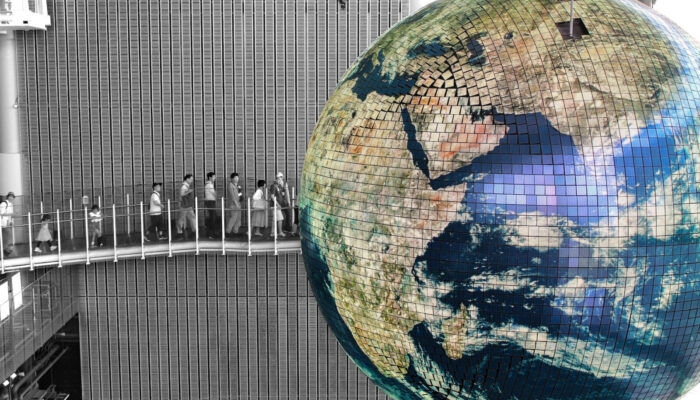The European Geosciences Union hosts a busy digital programme throughout the year, from seminar-style Campfire events with online networking to free, half-day workshops funded by EGU and organised by our volunteer Committees. Sitting between the two are our webinars: free, community-driven events which are presented live with the recording published later on the EGU Youtube channel. Webinars are a ...[Read More]
Top 5 Gifts for Geoscientists (2025 edition!)
There is a chill in the air, and yes, even some snow here in Munich as winter draws close in the Northern Hemisphere, and at this time of the year, you are probably thinking about what gifts to get that special geoscientist in your life! We know finding the kind of gift that can delight and entertain your favourite rock-botherer, lab-denizen, or star-gazer can sometimes be a challenge, so we in th ...[Read More]
Earth Science Week: What can you do to celebrate energy resources for our future?
As the air grows crisp and autumn’s colors begin to emerge in many parts of the Northern Hemisphere, I’m reminded that we’re approaching a special time of year for those of us who love the Earth. It’s Earth Science Week (12-18 October 2025), and this year, the theme Energy Resources for Our Future feels incredibly personal. Our lives are powered by energy, and this week is a chance to look a littl ...[Read More]
Sue the unconventional tyrant: 35 years of discovery, science, and icon status

This year marks the 35th anniversary of a discovery that redefined our understanding of the Tyrannosaurus Rex and captivated the world. It’s a story of serendipity, fierce legal battles, groundbreaking science, and an unexpected journey into pop culture. Discovered in South Dakota in 1990 by fossil hunter Sue Hendrickson, Sue is not just any dinosaur skeleton; it is the largest and most complete T ...[Read More]



